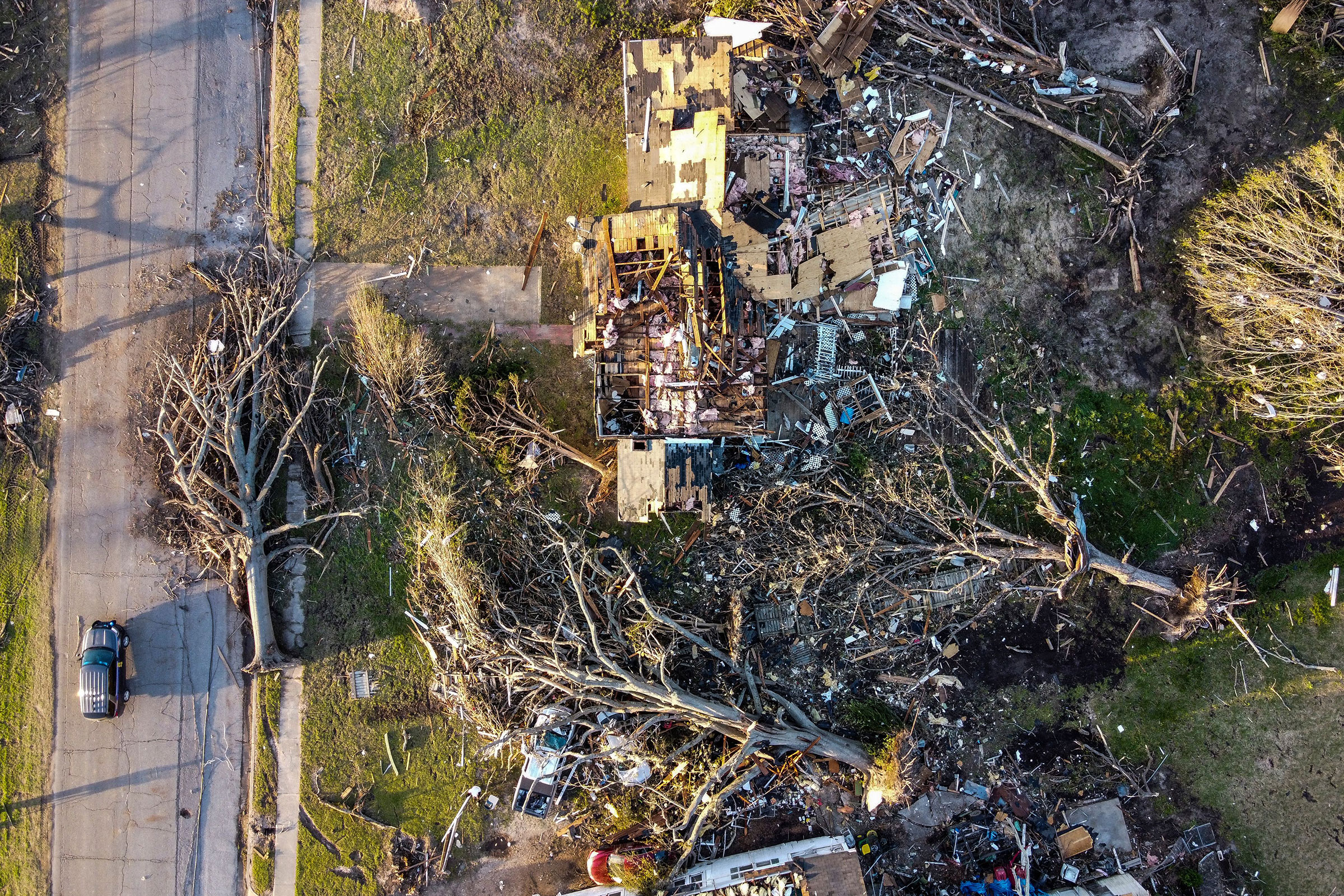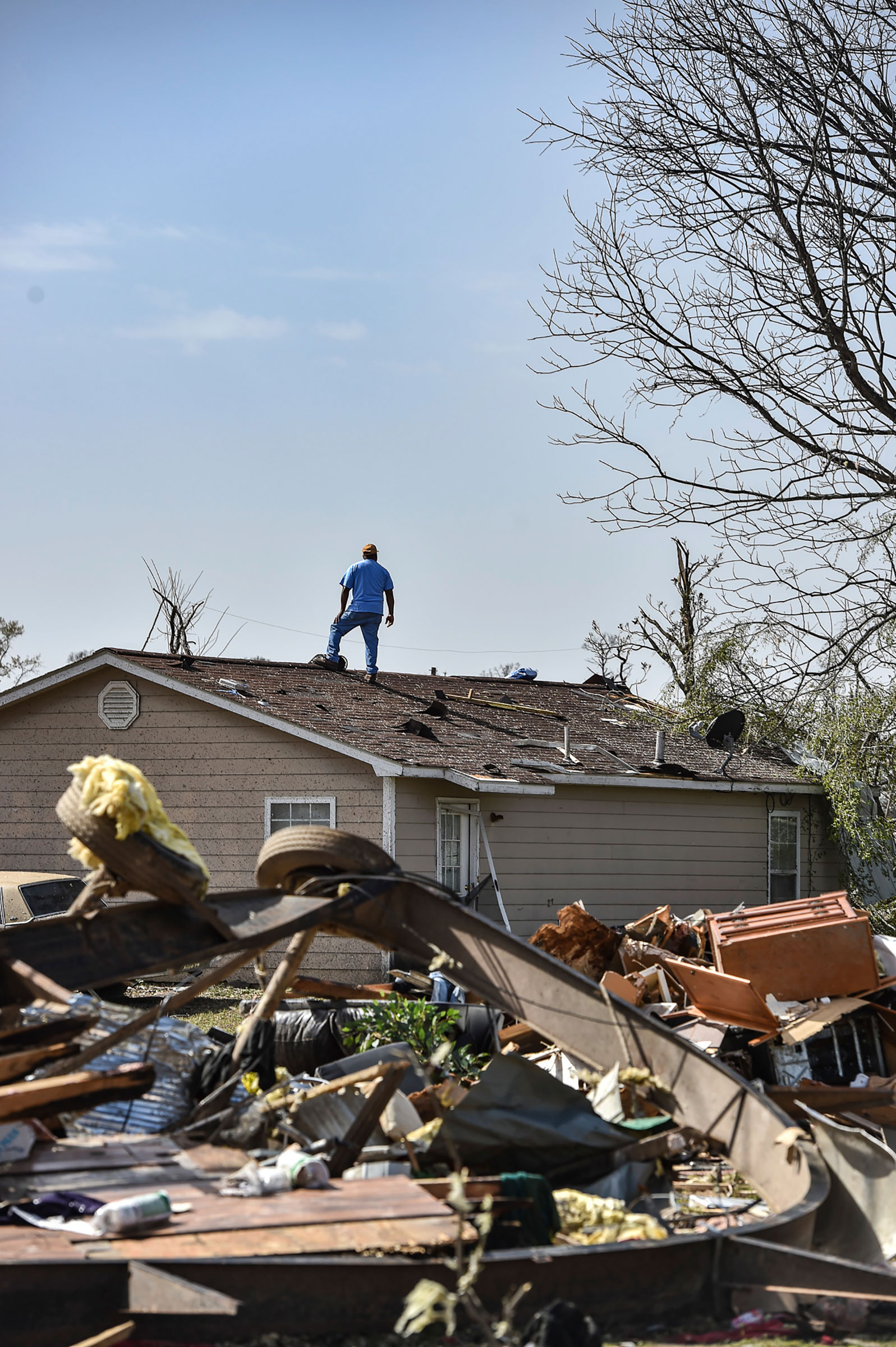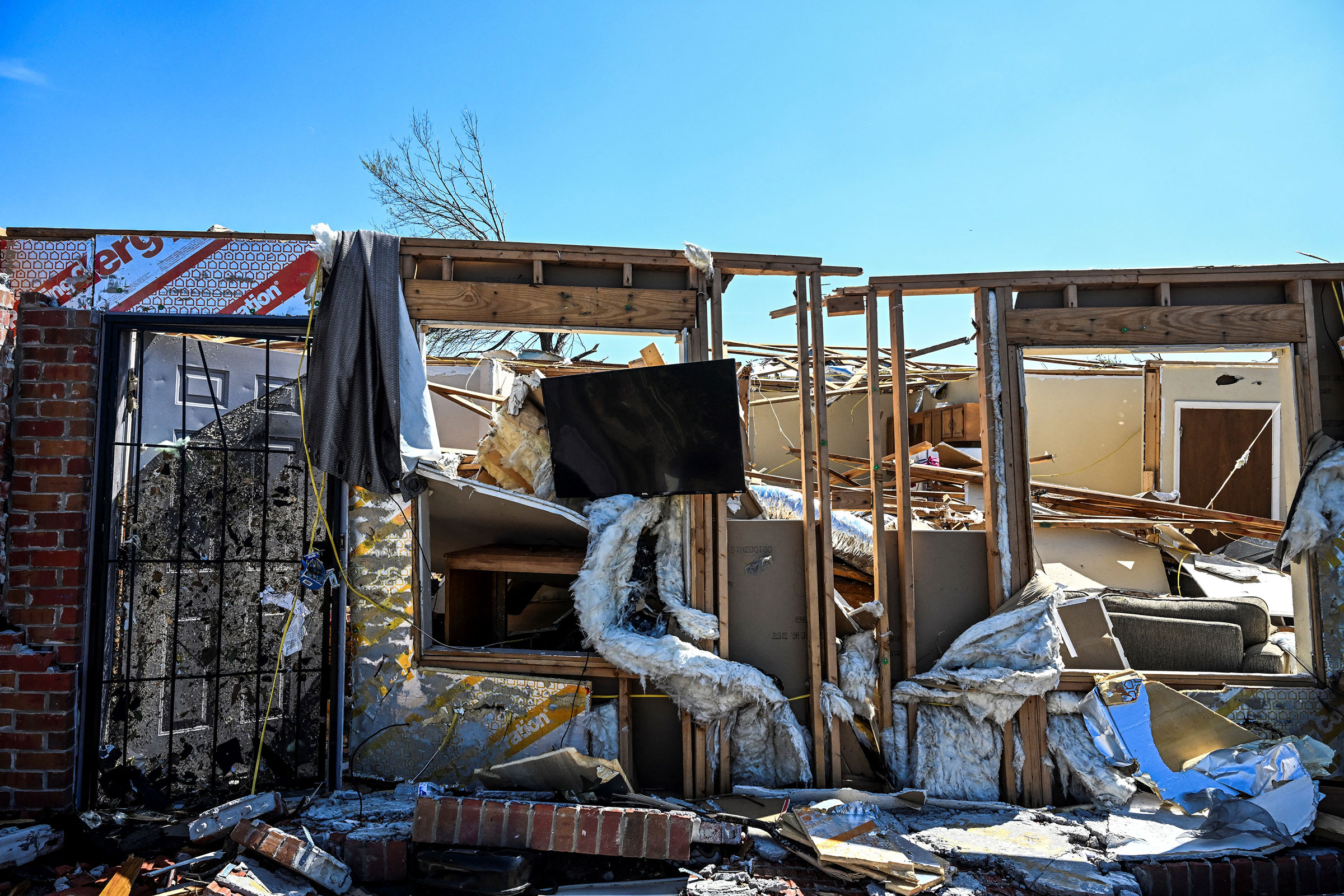
On Sunday, President Joe Biden issued an emergency declaration of disaster for Mississippi after violent tornadoes swept through swaths of the state on Friday, killing at least 25 people and one in Alabama.
After decimating buildings and infrastructure, the tornado received a preliminary EF-4 rating, which indicates that it had top wind gusts between 166 mph to 200 mph, according to the National Weather Service.
“The images from across Mississippi are heartbreaking. While we are still assessing the full extent of the damage, we know that many of our fellow Americans are not only grieving for family and friends, they’ve lost their homes and businesses,” President Biden said in a statement.
Emergency personnel and resources to assist with the rescue efforts that continued Sunday have already been deployed. FEMA Administrator Deanne Criswell is expected to travel to Mississippi Sunday to ensure funds are being used to the “fullest possible” extent.
Even though the storm has passed, The National Weather Service warned that there is still a risk for severe weather, including high winds and tornadoes, in eastern Louisiana, south central Mississippi and south central Alabama.
Here’s what to know.

The storms’ impact
The rural towns of Rolling Fork in Sharkey County and Silver City in Humphrey County in Mississippi were hit particularly hard by the storms. Officials confirmed that 13 of the recorded deaths so far were in Sharkey County, and the sheriff’s office reported responding to gas leaks and people trapped in rubble, according to Vicksburg News, a local outlet.
On Saturday, Governor Tate Reeves declared a State of Emergency throughout counties affected by the storm, saying he was “devastated by the destruction and loss of life that these storms have caused,” and committing to using “every resource available” to help residents rebuild.
On Saturday morning, nearly 15,000 Mississippi households and thousands more in Alabama and Tennessee were still without power, according to PowerOutage.us, though that number has since decreased to just over 6,000.
The storms were caused by a combination of factors, including warm humid air moving north that clashed with a higher altitude cold front, causing thunderstorms and tornadoes. The National Oceanic and Atmospheric Administration had predicted a moderate severe weather risk across the southeast on Friday, but tornadoes that strike at night are typically deadlier as those in the danger zone sleep through storm updates.
“You are in a life-threatening situation,” The National Weather Service wrote in an alert Friday night. “Flying debris may be deadly to those caught without shelter. Mobile homes will be destroyed. Considerable damage to homes, businesses, and vehicles is likely and complete destruction is possible.”

The aftermath
Enhanced risk for thunderstorms, tornadoes and hail remained in play on Sunday evening, which could affect ongoing recovery efforts.
At least three emergency shelters have opened in Rolling For, Belzoni and Amory, Miss., according to the state’s Emergency Management Agency.
Survey teams were deployed to western and central Mississippi on Saturday to evaluate the damage and determine tornado ratings—a process that could take a few days given the extensive damage. On Sunday, state leaders were joined by U.S. Secretary of Homeland Security Alejandro Mayorkas and FEMA Administrator Deanne Criswell to assess damage.
Images of Rolling Fork, the town where the tornado began its wreckage, show destroyed buildings and mobile homes, peppered with debris and flipped vehicles. Fallen trees and downed power lines lie in rescuers’ paths.
“My city is gone,” Rolling Fork mayor Eldrige Walker told CNN Saturday morning. “But we are resilient and we are going to come back. We’re going to come back strong.”
Of Rolling Fork’s roughly 2,000 residents, over 20% of people live in poverty in the predominantly Black town. Flooding and tornadoes are recurring concerns in the delta area where many residents living in mobile homes are particularly vulnerable.
Local and state led recovery efforts have already begun organizing shelters and food banks. Federal assistance will be used to help Carroll, Humphreys, Monroe, and Sharkey county in Mississippi.
Funding can be used for grants for temporary housing, home repairs, loans to cover uninsured property losses or for other forms of recovery. Residents can begin applying for help at www.disasterassistance.gov.
More Must-Reads from TIME
- Cybersecurity Experts Are Sounding the Alarm on DOGE
- Meet the 2025 Women of the Year
- The Harsh Truth About Disability Inclusion
- Why Do More Young Adults Have Cancer?
- Colman Domingo Leads With Radical Love
- How to Get Better at Doing Things Alone
- Michelle Zauner Stares Down the Darkness
Contact us at letters@time.com